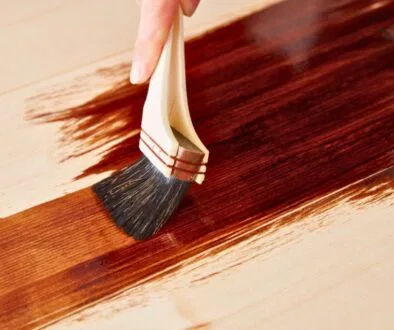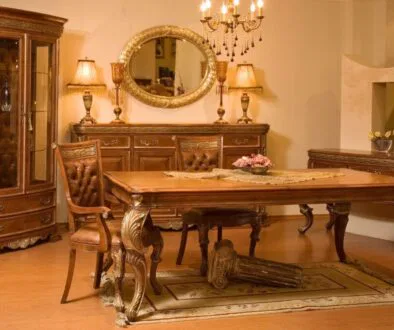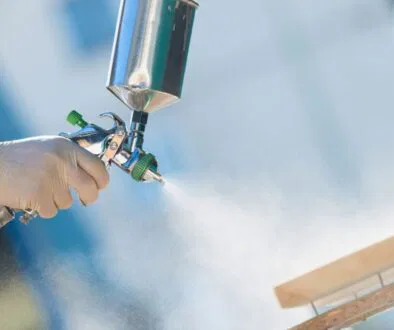How to Pull Off a Natural-Looking White Wood Stain
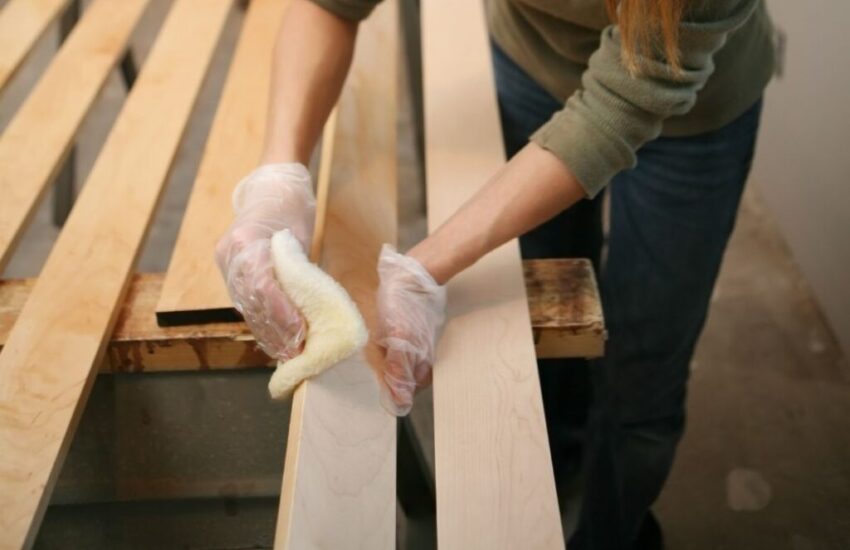
Published November 16, 2023
So, you’re hunting for that perfect white stain to give wood surfaces a touch of magic? You’ve come to the right place! Wood staining isn’t just a process; it’s an art form. It is a way to breathe fresh life into tired old surfaces or to help them blend seamlessly with your evolving decor.
Now, let me introduce you to the superstar of wood aesthetics – the white wood stain. This isn’t just any stain; it’s like a spotlight that brings out the beauty of your wood, giving it a radiant glow.
But here’s the best part: unlike white paint, it doesn’t cover up the natural charm of the wood grain. Instead, it enhances it. This results in a beautiful blend of rustic allure and modern sophistication – A must-have in stylish American homes.
So, buckle up and join us as we delve into our guide on how to pull off a natural-looking white wood stain.
What to Keep in Mind When Staining Wood
Staining wood is not as simple as it sounds. To achieve a natural-looking white wood stain, you need first to consider the following:
1. The Type of Wood You’re Working With
Different types of wood need different kinds of staining methods. Not all types of wood are suitable for whitewashing.
Wood comes in two common types: soft and hard. Softwoods like pine have an uneven grain and can stain unevenly. While hardwoods like white oak generally have more even grain. But they typically need more coatings to achieve the same shade as in softwoods.
If you’re working with softer wood species, try using a wood conditioner to make the stain even. It helps the wood absorb stains more evenly, giving you a much cleaner stained look.
2. The Type of Stain You Should Use
There are many types of wood stains you can buy on the market. But the most popular ones are oil-based, water-based, and solvent-based.
Oil-based wood stains can last an entire lifetime or even longer. They take much longer to dry than the other two types. But the slow-drying process allows it to penetrate deeper into the woods, producing a much richer color. Plus, if it fades, you can paint another coat over the older one.
Water-based stains, on the other hand, dry very quickly. This is good if you’re working with a smaller surface. But if you plan to white stain a floor or wall, divide the application into shorter segments. Unlike oil-based stains, however, they contain fewer pollutants and give off fewer fumes. As such, they’re considered much safer and more eco-friendly.
Most professionals, however, prefer solvent-based stains. That’s because they dry pretty quickly and are fade-resistant. Unlike water-based stains, they don’t raise the grain of the wood, giving a much smoother finish.
3. Wood Finish Colors
If you’re using reclaimed wood, chances are it’s already coated with finish. Depending on your wood’s finish, you may need to sand it first or use turpentine before applying a fresh stain. Otherwise, the stain won’t absorb into the wood, which will make the white stain a lot less effective.
How to Stain Wood White
Now that you’ve figured out the type of wood you’re working with and the best stain option, it’s time for the main thing. Here’s our quick DIY guide to putting white stain on wood.
What you’ll need:
- Whitewash stain of choice
- wood/pieces of wood
- paint brushes
- clean rag/microfiber cloth
- mask
- rubber Gloves
- tarp (to avoid staining surroundings)
- sandpaper
- turpentine/paint thinner
Staining the Wood:
- Put on gloves and a mask or PPE before working.
- Lay the tarp down and place the wood on top of it.
- Lightly sand the wood before applying the stain. If your wood is painted, you can use turpentine to thin it out.
- Clean the surface of the wood by removing all dust and debris.
- If you’re working with softer wood species, this is where you apply a wood conditioner.
- Apply the stain with your brush liberally onto the surface. Make sure you coat every nook and cranny of the wood.
- Leave the stain on for the desired time. The longer you leave it on, the deeper the shade becomes.
- Wipe the excess stain. Never allow the leftover stain to dry on the surface of the wood, or it could cause many complications for you.
- Re-apply stain if desired.
- Once you’ve reached your desired shade, it’s best to finish with a protective coating of polyurethane.
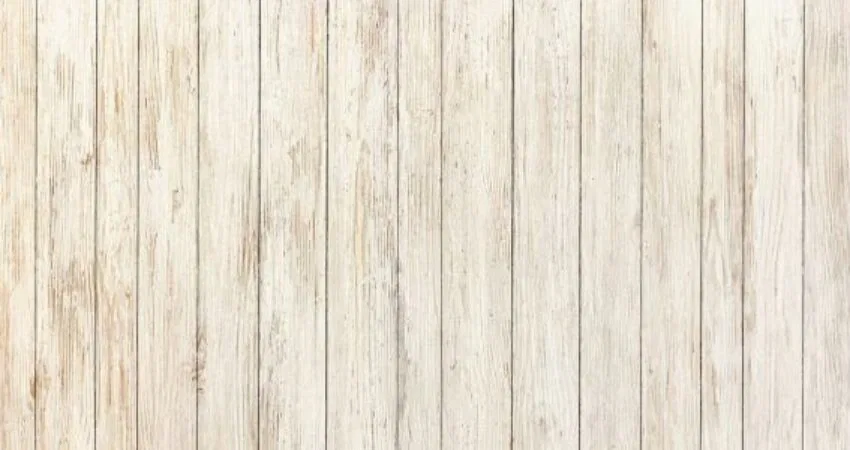
White Wash Paint vs. White Wood Stain
Many people tend to confuse white wood stains with whitewash paint. Though they both provide a white-washed look, there are quite a few differences between the two.
Whitewash paint combines paint and water to your desired wood stain color. In contrast, a wood stain is a ready-made solution with the same chemical composition as paint but with more solvent. Whitewash paint also sits on the surface, while white wood stain is usually absorbed into the wood.
With whitewash paint, you can control the transparency of the mixture depending on the amount of water you add. But if you’re looking to enhance the wood grain, a wood stain is much more fit for the job. Besides, wood stains are usually ready to go and don’t need mixing or tinting. This makes them perfect for DIY woodworkers.
Wrapping it up
And there you have it – your guide to achieving a stunning, natural-looking white wood stain. With the correct type of stain and a bit of patience, you can transform any piece of wood into a chic, modern masterpiece that still retains its natural charm. Remember, the key is in the preparation and understanding of your wood type to ensure an even, beautiful finish.
Hire The Timber Experts For Your Next Project
Vintage & Specialty Wood should be your source of the highest quality timbers from around the world. When it comes to fabricating and installing reclaimed wood or specialty wood products in your home, we don’t cut corners. We offer many reclaimed wood and specialty wood products such as Douglas Fir, white oak, and much more. We also offer timber framing and wood flooring services as well. Contact our team today to speak to a timber expert about what Vintage & Specialty Wood can do for you.

This Blog Is Fact Checked
This content has undergone meticulous fact-checking by our team of internal experts. Gain a deeper understanding of the high editorial standards we uphold on our website here.

About The Author
Experience, exploration, and knowledge are the hallmarks of writer Rei Bayucca. Her dedication to crafting articles that both inspire and educate will leave you thinking long after you’ve finished reading.

